Home>Gardening & Outdoor>Landscaping Ideas>What Topsoil For Grass Seed
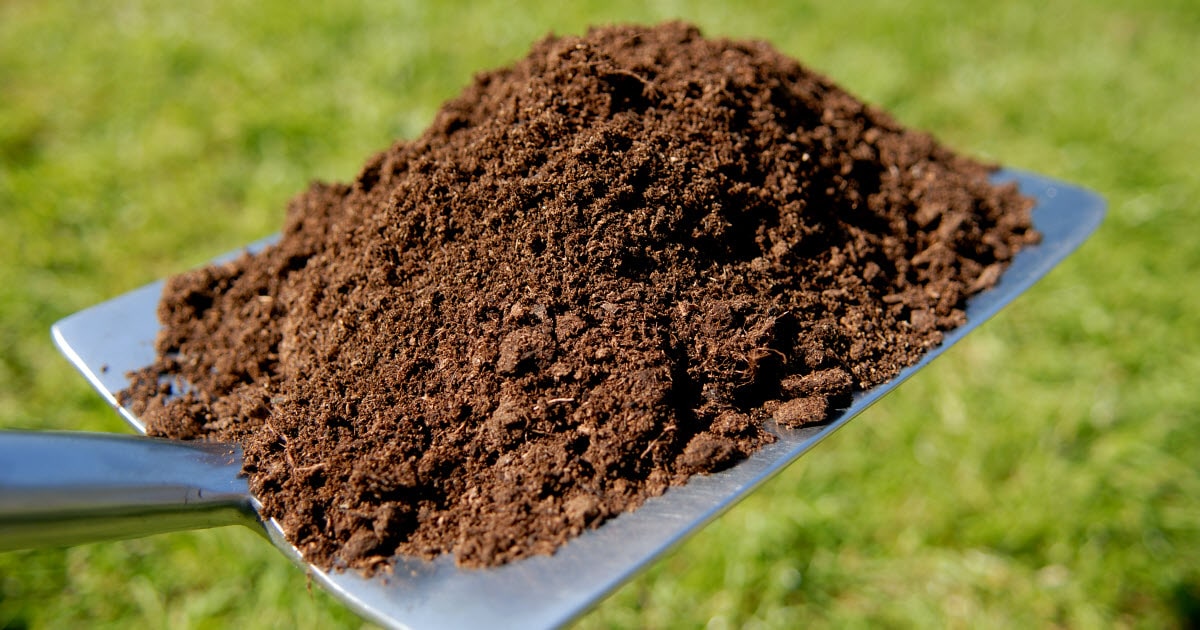

Landscaping Ideas
What Topsoil For Grass Seed
Modified: October 28, 2024
Find the best topsoil for grass seed and get expert landscaping ideas to achieve a lush and healthy lawn. Enhance your yard with the right topsoil for successful grass seeding.
(Many of the links in this article redirect to a specific reviewed product. Your purchase of these products through affiliate links helps to generate commission for Storables.com, at no extra cost. Learn more)
**
Introduction
**
When it comes to cultivating a lush and vibrant lawn, the type of topsoil used for grass seed plays a pivotal role in determining the success of the endeavor. Topsoil serves as the foundation upon which grass seedlings take root and flourish, making it an essential component of any landscaping project. Understanding the nuances of topsoil and its significance in nurturing healthy grass growth is key to achieving a verdant and resilient lawn. In this article, we will delve into the importance of topsoil for grass seed, explore the various types of topsoil available, discuss crucial factors to consider when selecting topsoil, and provide insights into preparing topsoil for optimal grass seed germination. Whether you are a seasoned gardener or a novice homeowner embarking on a landscaping venture, this guide will equip you with the knowledge needed to make informed decisions and foster a thriving lawn.
**
Key Takeaways:
- The right topsoil is crucial for healthy grass growth, providing essential nutrients, moisture retention, and physical support for the roots. Understanding topsoil types and preparation is key to a thriving lawn.
- Properly preparing topsoil for grass seed involves clearing, testing, aerating, adding organic matter, seeding, and monitoring. This sets the stage for successful germination and the development of a lush, resilient lawn.
Read more: How Deep Should Topsoil Be For Grass
Importance of Topsoil for Grass Seed
**
Topsoil serves as the primary medium in which grass seed takes root and establishes itself. Its significance lies in its ability to provide a nurturing environment that supports the germination and growth of grass seeds. Here are several key reasons why topsoil is essential for the successful cultivation of grass:
- Nutrient-Rich Substrate: High-quality topsoil is teeming with essential nutrients, such as nitrogen, phosphorus, and potassium, which are vital for the healthy development of grass seedlings. These nutrients fuel the initial stages of growth and contribute to the overall resilience of the grass.
- Moisture Retention: Topsoil has the capacity to retain moisture, ensuring that the grass seeds remain adequately hydrated during the critical germination phase. This moisture retention capability helps safeguard the seeds from drying out and promotes uniform and robust sprouting.
- Aeration and Drainage: Well-structured topsoil facilitates proper aeration and drainage, creating an optimal environment for root development. Adequate aeration prevents soil compaction, while effective drainage prevents waterlogging, both of which are crucial for the health of the grass.
- Physical Support: The texture and composition of topsoil provide physical support for the delicate grass seedlings as they emerge and extend their root systems. This support is essential for anchoring the roots and ensuring the stability of the developing grass.
- Weed Suppression: By providing a fertile and hospitable environment for grass seed germination, topsoil can help suppress the growth of weeds, giving the grass a competitive advantage as it establishes itself.
By recognizing the pivotal role that topsoil plays in nurturing the growth of grass seed, homeowners and landscaping enthusiasts can appreciate the importance of selecting high-quality topsoil and preparing it effectively to maximize the chances of a thriving lawn.
**
Types of Topsoil for Grass Seed
**
When it comes to selecting topsoil for grass seed, it is essential to consider the specific characteristics and composition of the soil to ensure optimal conditions for germination and growth. Various types of topsoil are available, each with distinct attributes that can influence the success of a lawn. Here are some common types of topsoil used for grass seed:
- Loamy Topsoil: This type of topsoil is a well-balanced mixture of sand, silt, and clay, offering excellent drainage, moisture retention, and nutrient-holding capacity. Loamy topsoil provides an ideal environment for grass seed germination and is favored for its versatility and suitability for a wide range of grass species.
- Sandy Topsoil: Sandy topsoil is characterized by its coarse texture and excellent drainage properties. While it allows for rapid water infiltration, it may require additional amendments to enhance its nutrient content and water retention capabilities when used for grass seed.
- Clay Topsoil: Clay topsoil is rich in nutrients and has good moisture retention, but it can be prone to compaction and poor drainage. When using clay topsoil for grass seed, it is important to incorporate organic matter and perform proper soil preparation to mitigate its inherent limitations.
- Silty Topsoil: Silty topsoil is smooth to the touch and offers good moisture retention, making it suitable for supporting grass seed germination. It may benefit from amendments to improve its drainage and aeration characteristics, especially in regions prone to waterlogging.
- Topdressing Soil: This specialized type of topsoil is often used for overseeding existing lawns or repairing bare patches. It is finely textured and rich in organic matter, providing an ideal medium for promoting the establishment of new grass seedlings.
Each type of topsoil has its unique properties and considerations, and the choice of topsoil should align with the specific needs of the grass species being cultivated, the local climate and soil conditions, and the intended use of the lawn. Understanding the characteristics of different topsoil types empowers homeowners and landscapers to make informed decisions that optimize the potential for successful grass seed germination and vigorous lawn growth.
**
When choosing topsoil for grass seed, look for a high-quality, nutrient-rich topsoil that is well-draining and free of weeds and debris. A mix of topsoil and compost can also provide a good base for grass seed to grow.
Factors to Consider When Choosing Topsoil
**
When selecting topsoil for grass seed, several crucial factors should be taken into account to ensure that the chosen soil is well-suited for promoting healthy grass growth. By carefully considering these factors, homeowners and landscaping enthusiasts can make informed decisions that align with the specific requirements of their lawn and contribute to the long-term vitality of the grass. Here are key considerations to keep in mind when choosing topsoil:
- Texture and Structure: The texture and structure of the topsoil play a significant role in determining its suitability for grass seed germination. A balanced loamy soil with a crumbly texture is generally preferred, as it provides adequate drainage, moisture retention, and aeration for the developing grass roots.
- Nutrient Content: Assessing the nutrient content of the topsoil is essential, as it directly impacts the initial growth and subsequent health of the grass. A nutrient-rich soil, with sufficient levels of nitrogen, phosphorus, potassium, and other essential elements, can provide the necessary sustenance for robust grass seedling development.
- pH Level: The pH level of the topsoil influences nutrient availability to the grass plants. Most grass species thrive in slightly acidic to neutral soil conditions, so testing and adjusting the pH of the topsoil, if necessary, can create an optimal environment for grass seed germination and growth.
- Organic Matter: Topsoil enriched with organic matter, such as compost or well-rotted manure, contributes to soil fertility, improves its structure, and enhances its capacity to support healthy grass growth. Organic matter also fosters beneficial microbial activity in the soil, promoting nutrient cycling and overall soil health.
- Soil Compaction and Drainage: Evaluating the soil’s compaction and drainage characteristics is crucial, as overly compacted or poorly draining soil can impede root development and lead to waterlogged conditions detrimental to the grass. Amending compacted soil and ensuring adequate drainage are vital for creating an optimal environment for grass seed germination.
- Local Climate and Conditions: Considering the local climate, rainfall patterns, and environmental conditions is essential when choosing topsoil. Tailoring the selection to the specific demands of the region can help mitigate potential challenges and maximize the resilience of the grass in the given environment.
By taking into account these factors, individuals can make informed choices when selecting topsoil for grass seed, setting the stage for successful germination, robust growth, and the development of a thriving and resilient lawn.
**
How to Prepare Topsoil for Grass Seed
**
Properly preparing the topsoil is a critical step in creating an optimal environment for successful grass seed germination and establishment. By following a systematic approach to soil preparation, homeowners and landscapers can enhance the conditions for healthy grass growth and lay the groundwork for a vibrant lawn. Here are essential steps to prepare topsoil for grass seed:
- Clearing and Leveling: Begin by clearing the area of any debris, rocks, or existing vegetation. Level the soil surface to ensure uniform coverage and promote consistent grass growth.
- Soil Testing: Conduct a soil test to assess the pH level and nutrient content of the topsoil. Based on the test results, adjust the pH and supplement any deficient nutrients to create an optimal growing environment for the grass seedlings.
- Aeration and Tilling: Use a garden fork or mechanical aerator to aerate the soil, alleviating compaction and enhancing air circulation. Subsequently, till the topsoil to a depth of several inches to loosen the soil and facilitate root penetration.
- Amendments and Organic Matter: Incorporate organic matter, such as compost or well-rotted manure, into the topsoil to improve its structure, fertility, and moisture retention capabilities. This step enriches the soil with essential nutrients and fosters a conducive environment for grass seed germination.
- Leveling and Raking: After amending the soil, level the surface once more and use a rake to create a smooth and even seedbed. This preparatory step ensures uniform seed coverage and promotes consistent moisture retention across the soil surface.
- Fertilization and Seed Application: If necessary, apply a balanced starter fertilizer to provide additional nutrients that support the initial growth of the grass seedlings. Following the fertilizer application, evenly distribute the grass seed over the prepared topsoil at the recommended seeding rate.
- Mulching and Watering: Optionally, apply a thin layer of mulch over the seeded area to conserve moisture, protect the seeds, and deter erosion. Water the seeded area gently but thoroughly, ensuring that the topsoil remains consistently moist but not waterlogged during the germination period.
- Monitoring and Maintenance: Monitor the seeded area regularly, keeping the soil moist and providing gentle irrigation as needed. As the grass seedlings emerge and develop, gradually transition to a regular watering schedule and implement appropriate lawn care practices to promote healthy growth.
By meticulously preparing the topsoil and following these steps, individuals can create an optimal foundation for successful grass seed germination and foster the development of a lush and resilient lawn.
**
Read more: How To Lay Topsoil For Grass Seed
Conclusion
**
Topsoil forms the cornerstone of healthy grass growth, serving as the nurturing medium in which grass seedlings take root and thrive. By recognizing the vital role of topsoil and understanding the nuances of its selection and preparation, homeowners and landscaping enthusiasts can set the stage for cultivating vibrant and resilient lawns. Whether embarking on a new lawn installation or rejuvenating an existing one, the careful consideration of topsoil types, essential factors, and meticulous soil preparation can significantly impact the success of grass seed germination and the long-term health of the lawn.
By choosing topsoil with the appropriate texture, nutrient content, and organic matter, tailored to the local climate and soil conditions, individuals can create an optimal environment for grass seed germination. Moreover, thorough soil preparation, including leveling, aeration, and the incorporation of organic amendments, sets the stage for robust and uniform grass growth, laying the groundwork for a verdant and enduring lawn.
As the grass seedlings take root and flourish, consistent monitoring and appropriate maintenance practices further contribute to the sustained health and beauty of the lawn. By providing attentive care and adhering to sound soil management principles, individuals can enjoy the rewards of a lush, resilient, and visually captivating lawn that enhances the overall appeal of their outdoor space.
Ultimately, the conscientious selection and preparation of topsoil for grass seed epitomize the art and science of fostering healthy and vibrant lawns, enriching outdoor environments, and creating inviting spaces for leisure and recreation. Armed with the knowledge and insights presented in this guide, individuals are empowered to make informed decisions, implement effective soil preparation practices, and cultivate thriving lawns that serve as enduring sources of natural beauty and enjoyment.
Frequently Asked Questions about What Topsoil For Grass Seed
Was this page helpful?
At Storables.com, we guarantee accurate and reliable information. Our content, validated by Expert Board Contributors, is crafted following stringent Editorial Policies. We're committed to providing you with well-researched, expert-backed insights for all your informational needs.
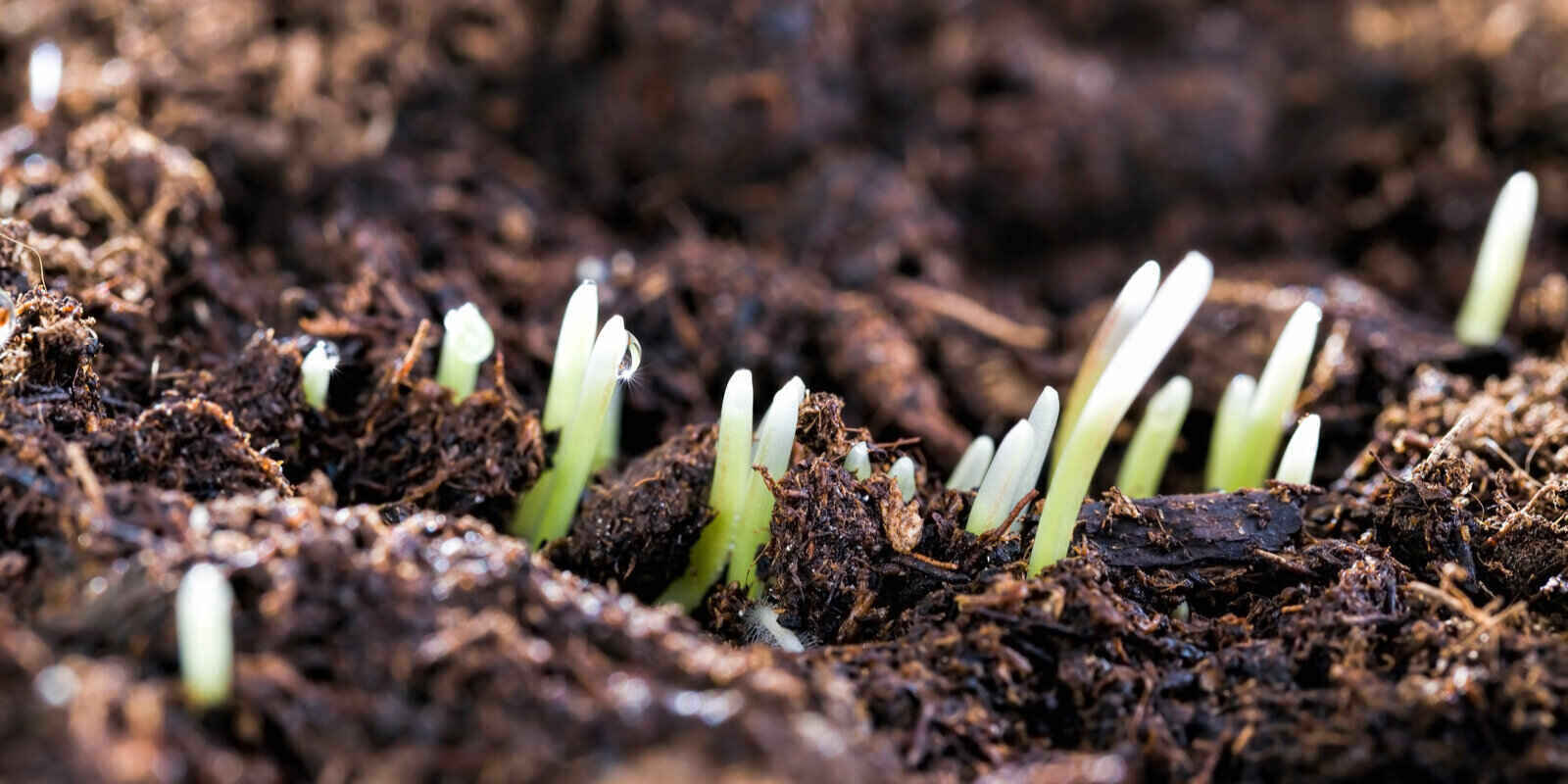
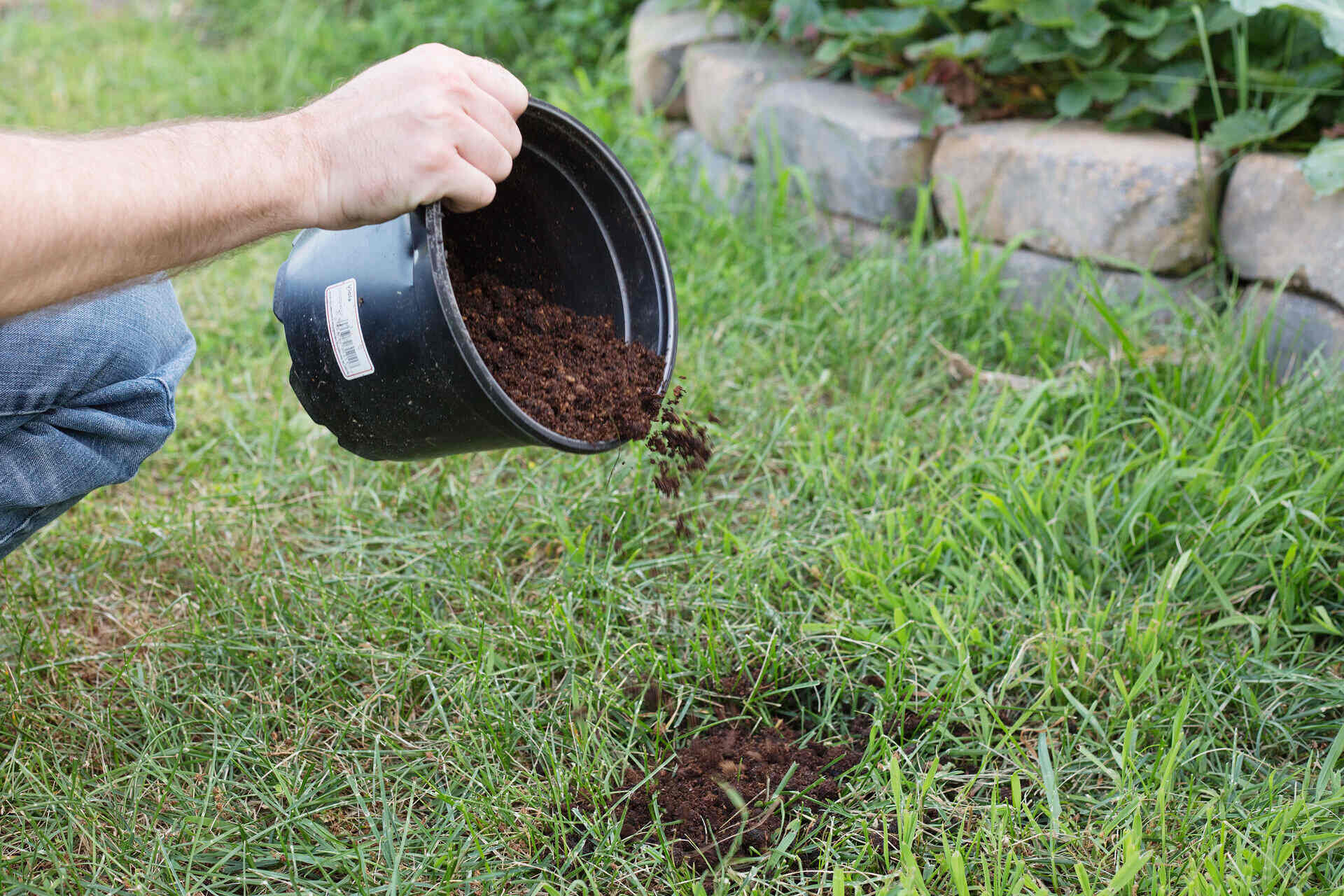
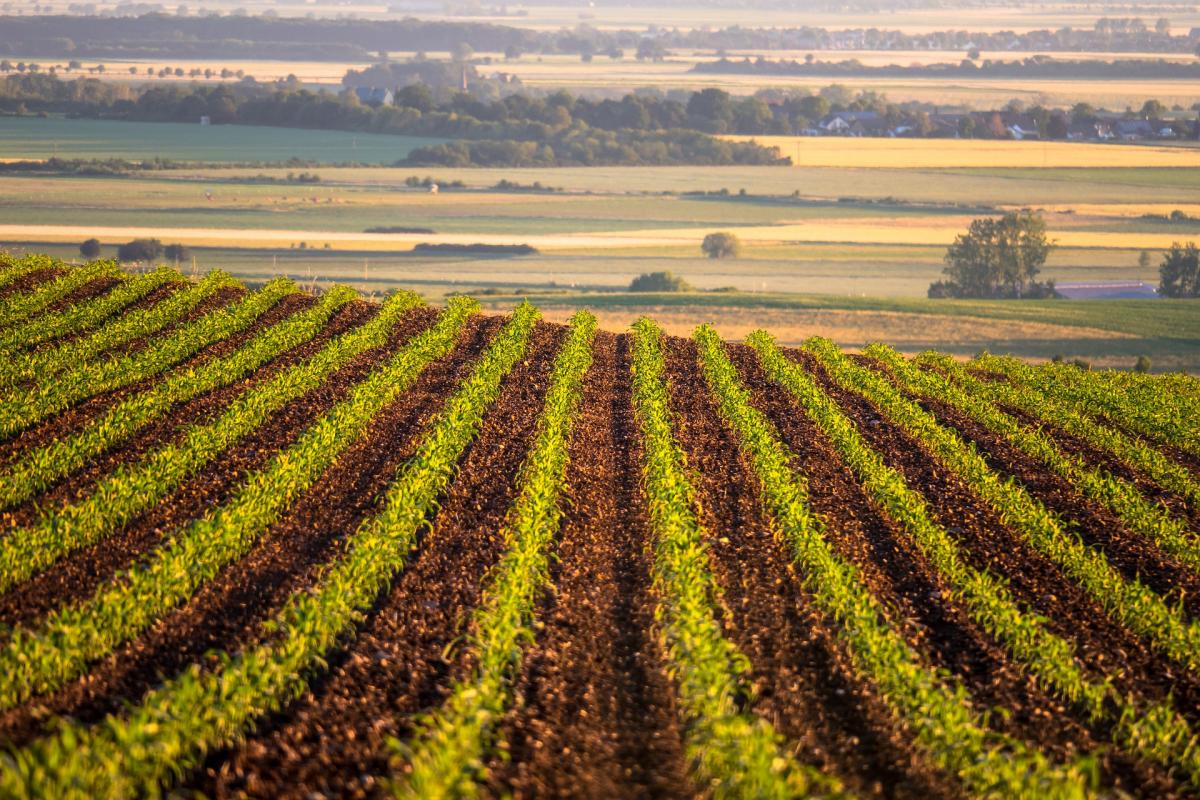
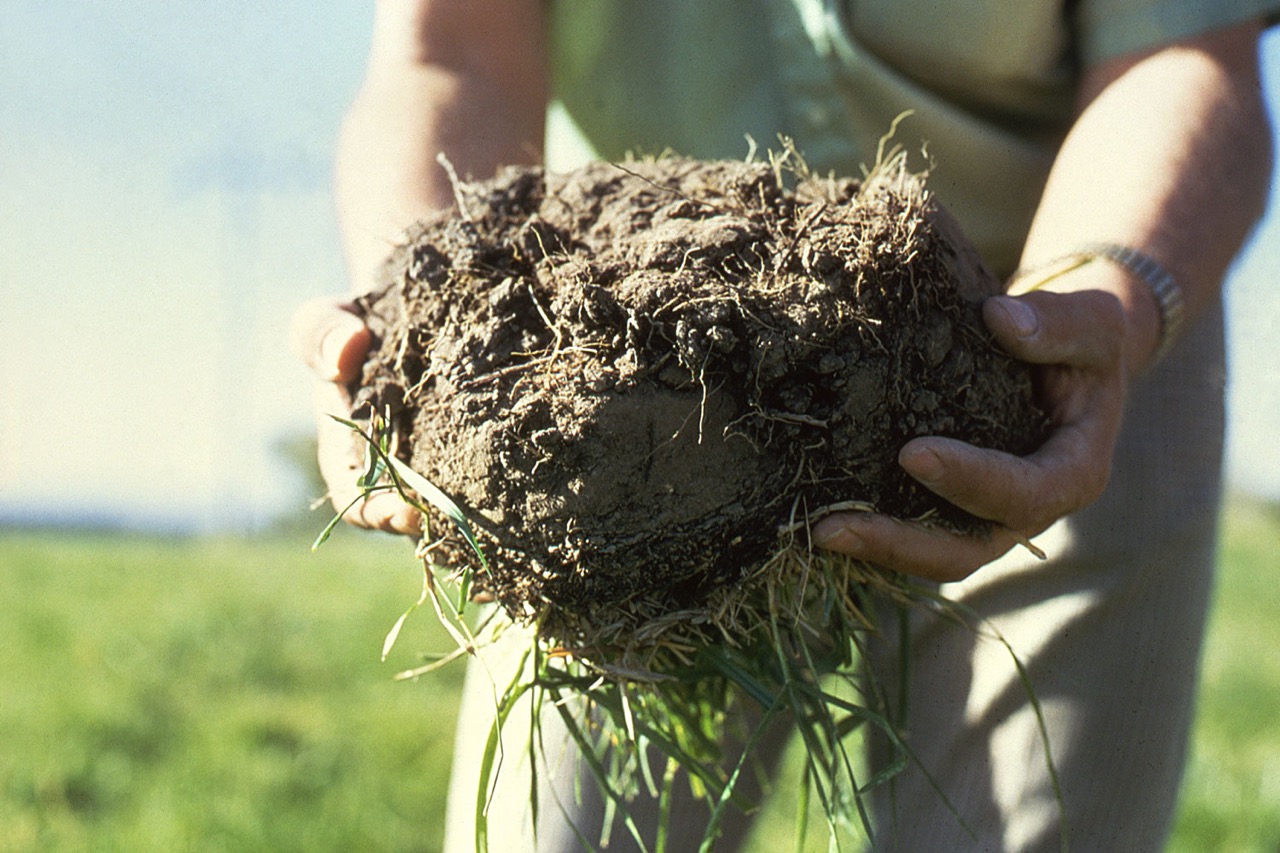
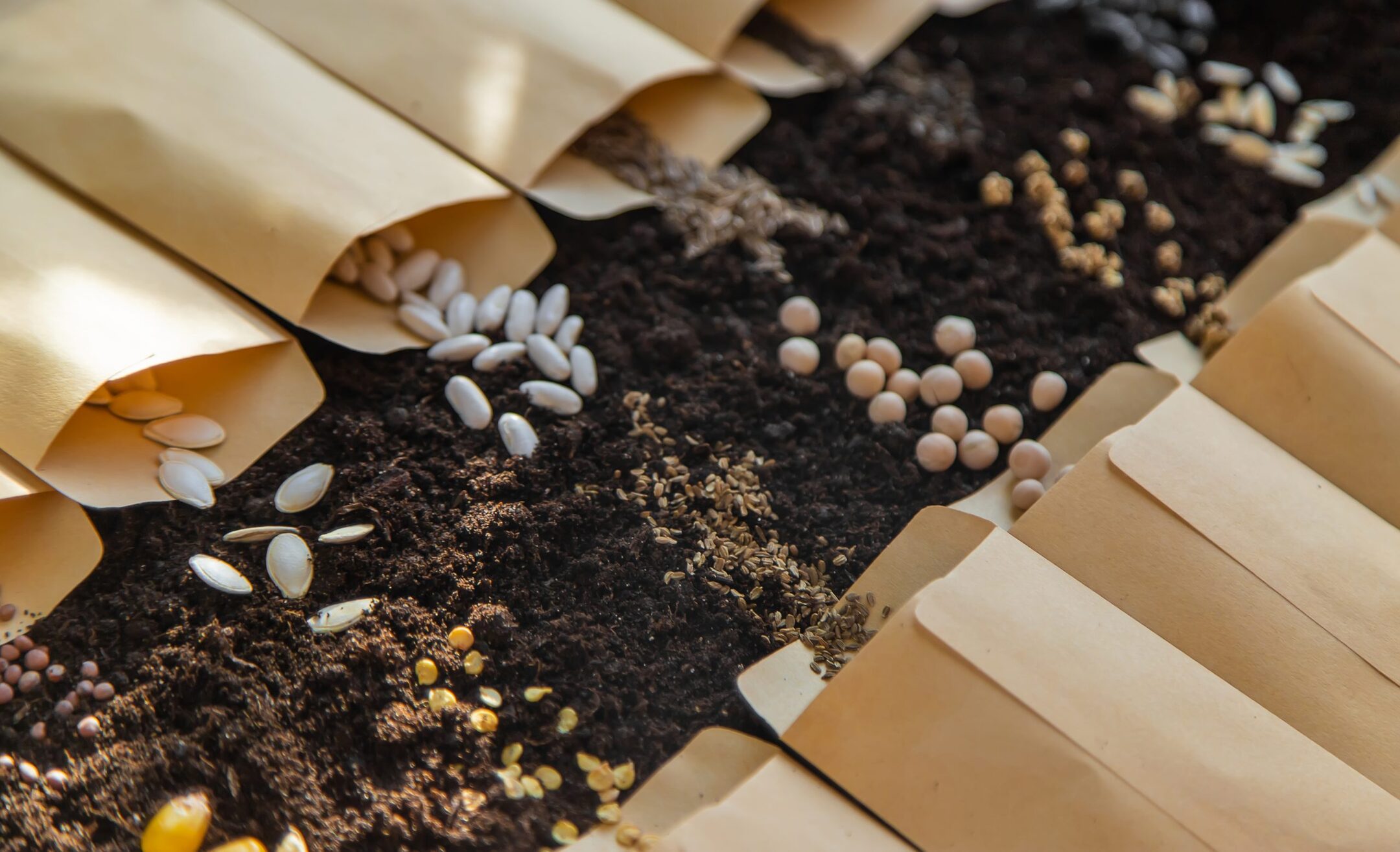
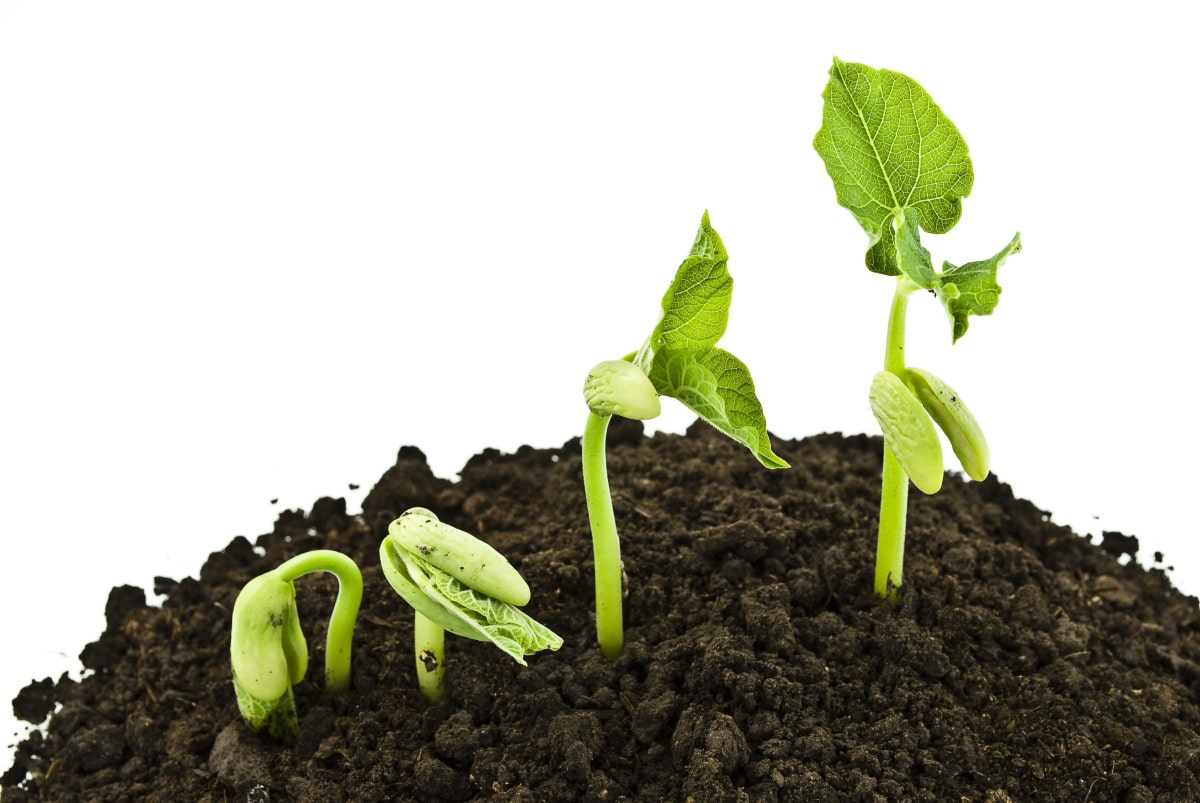
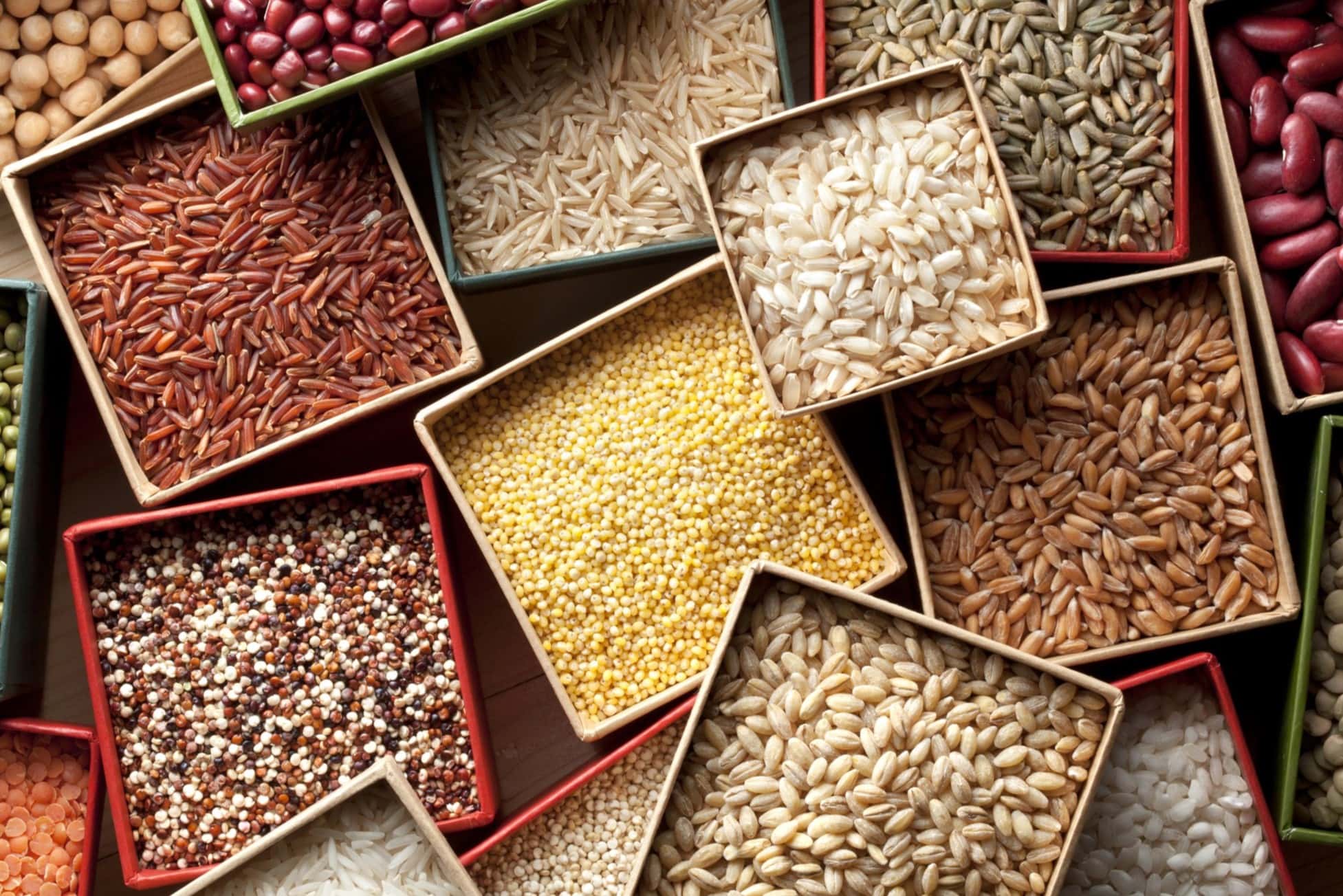
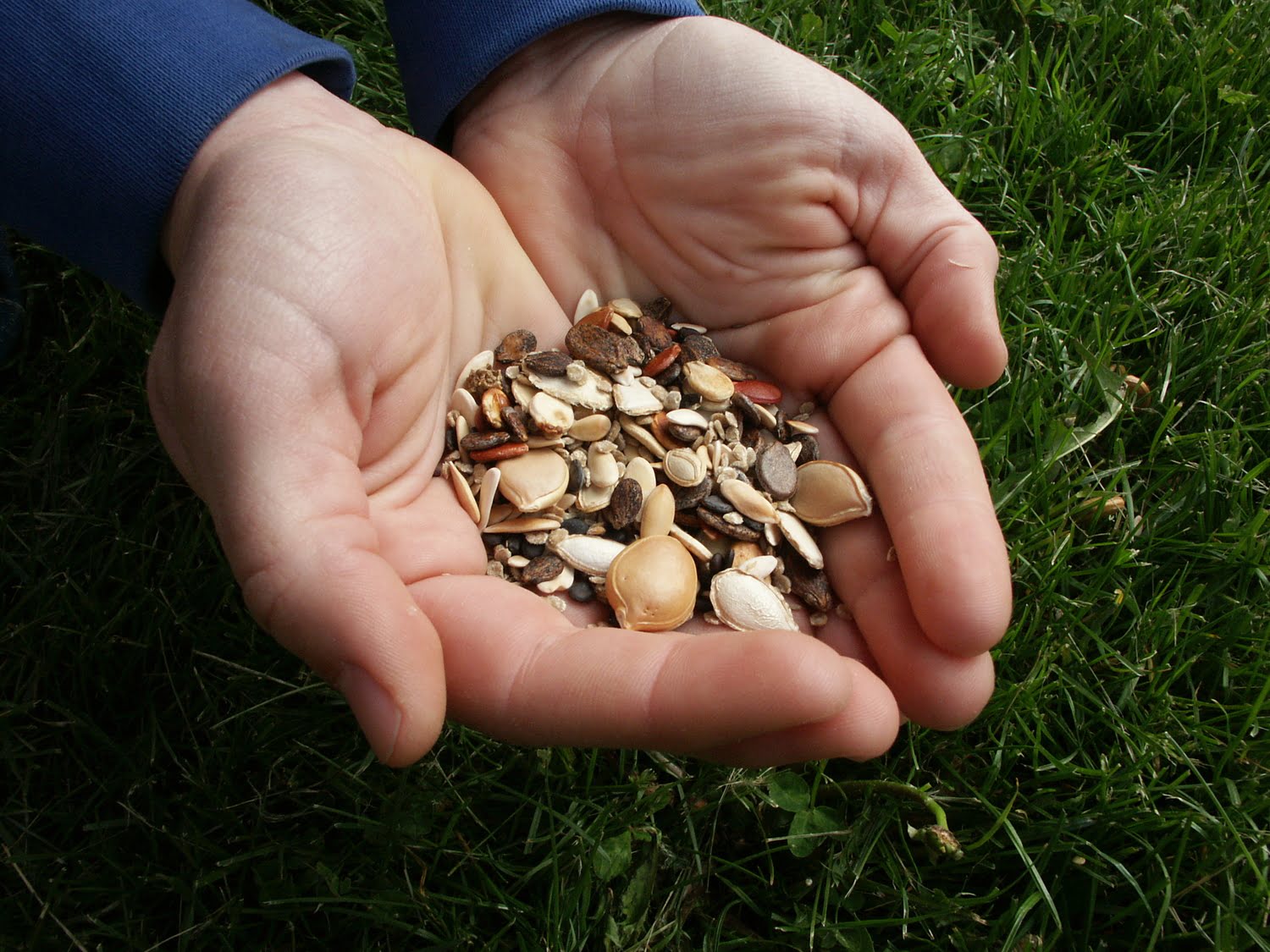
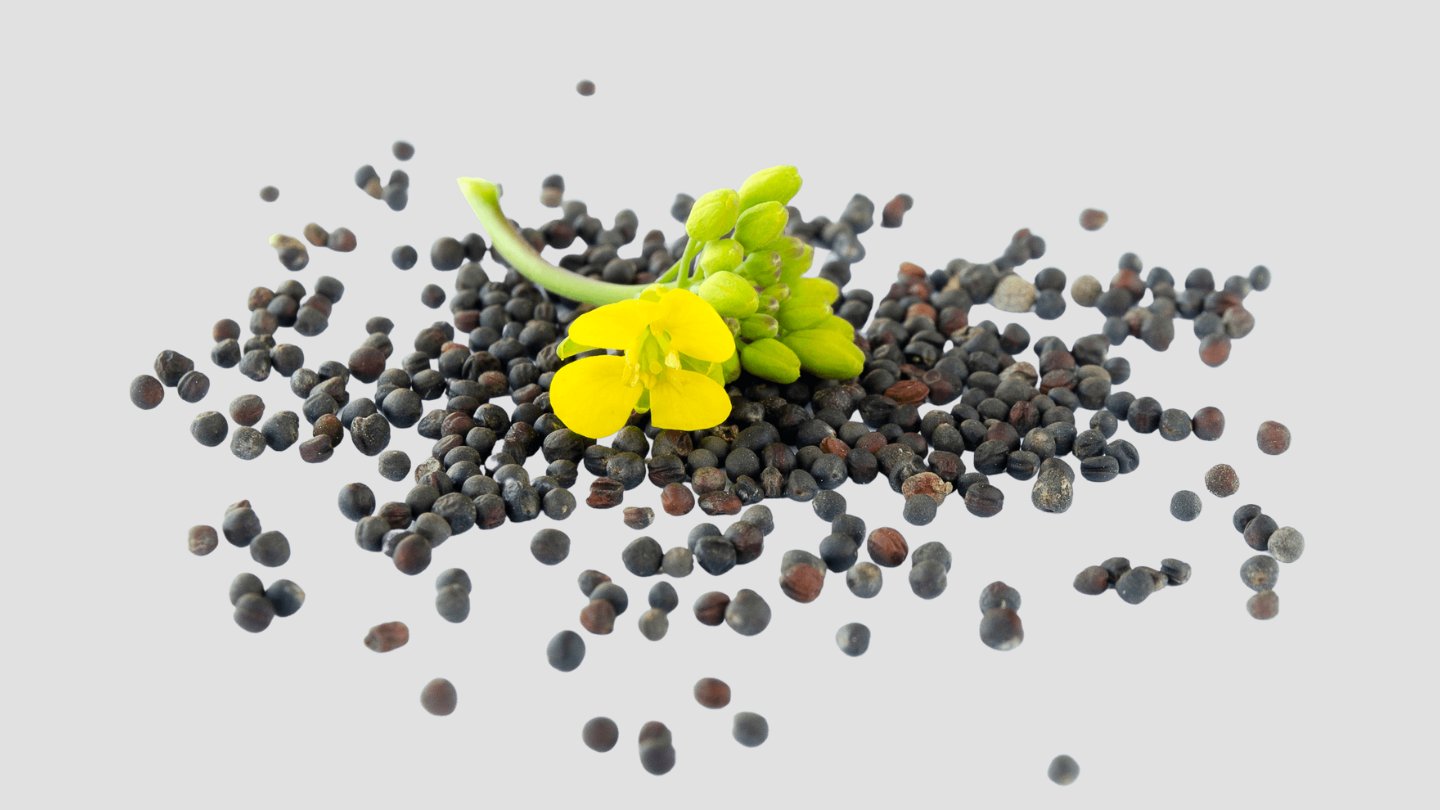
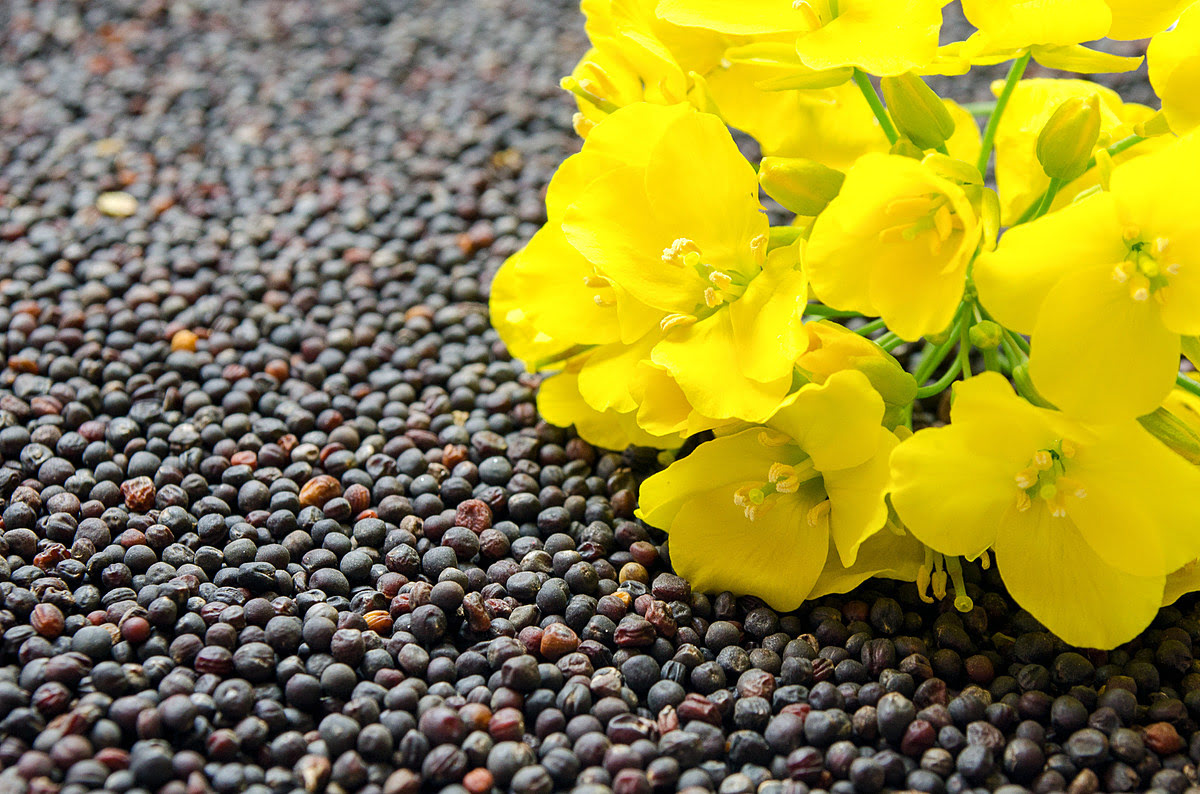
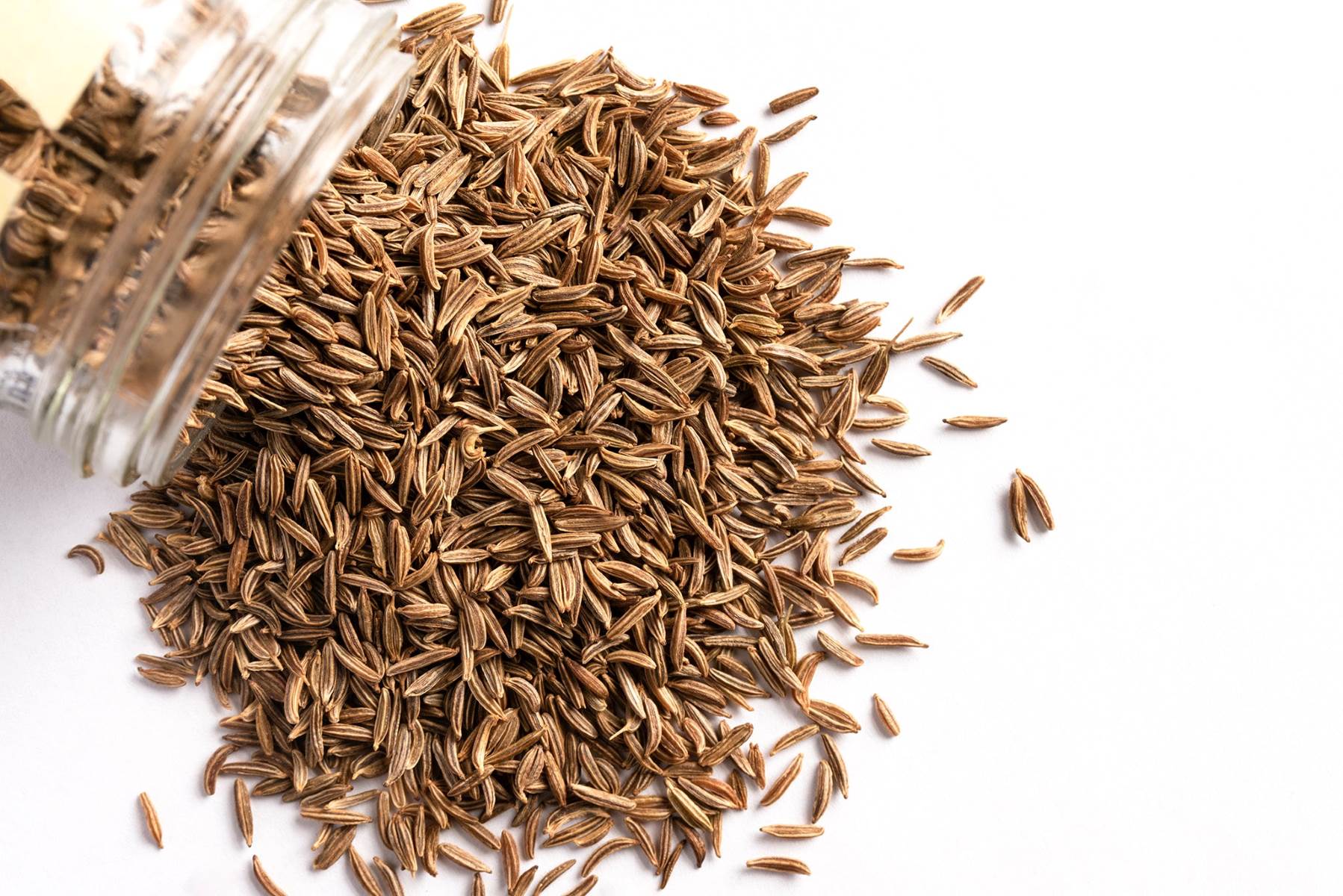
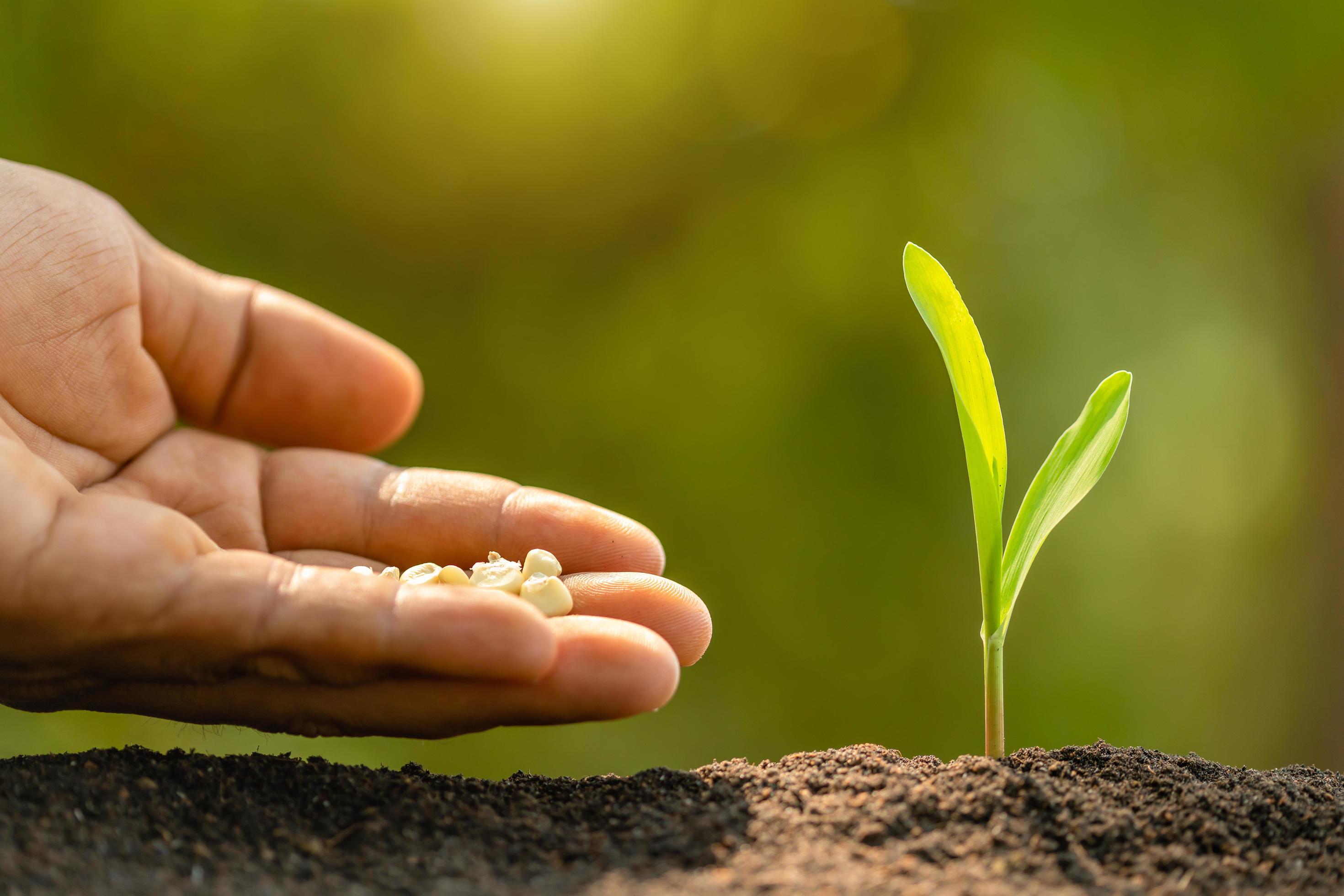
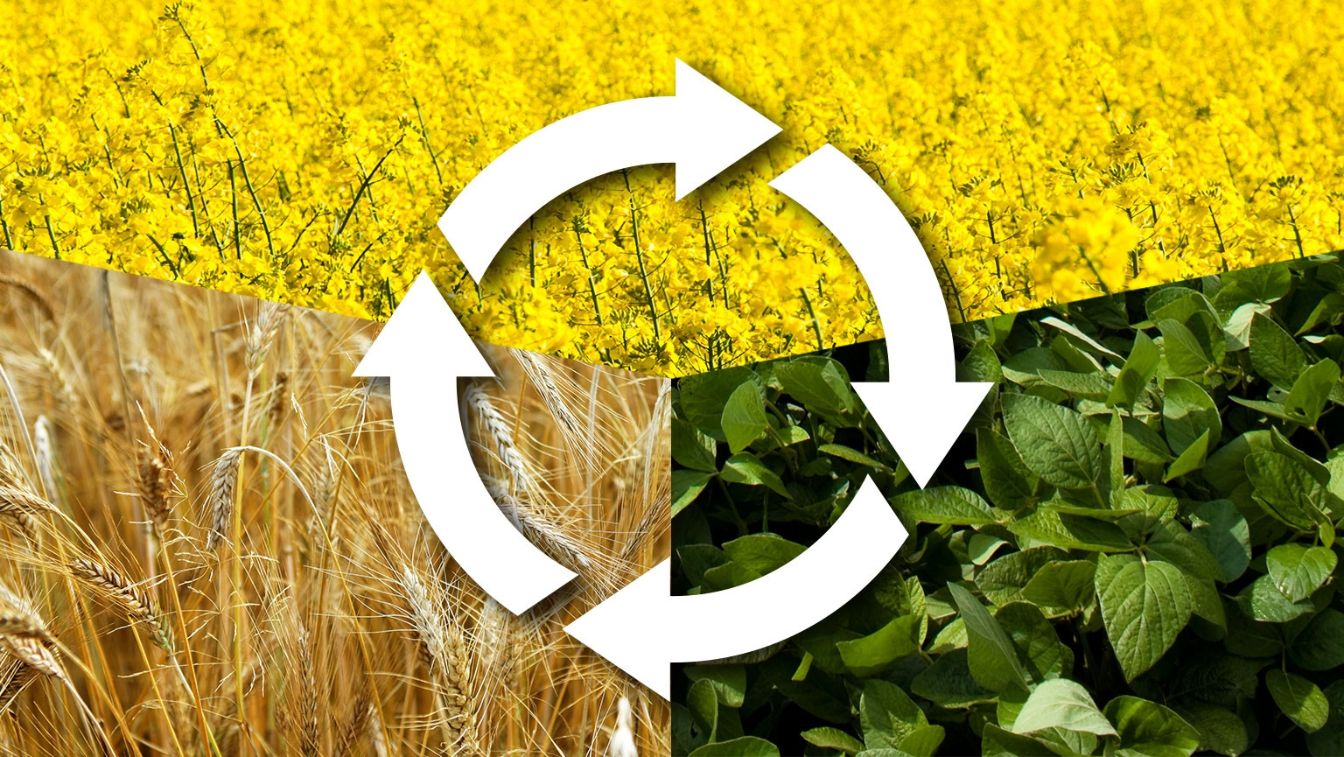
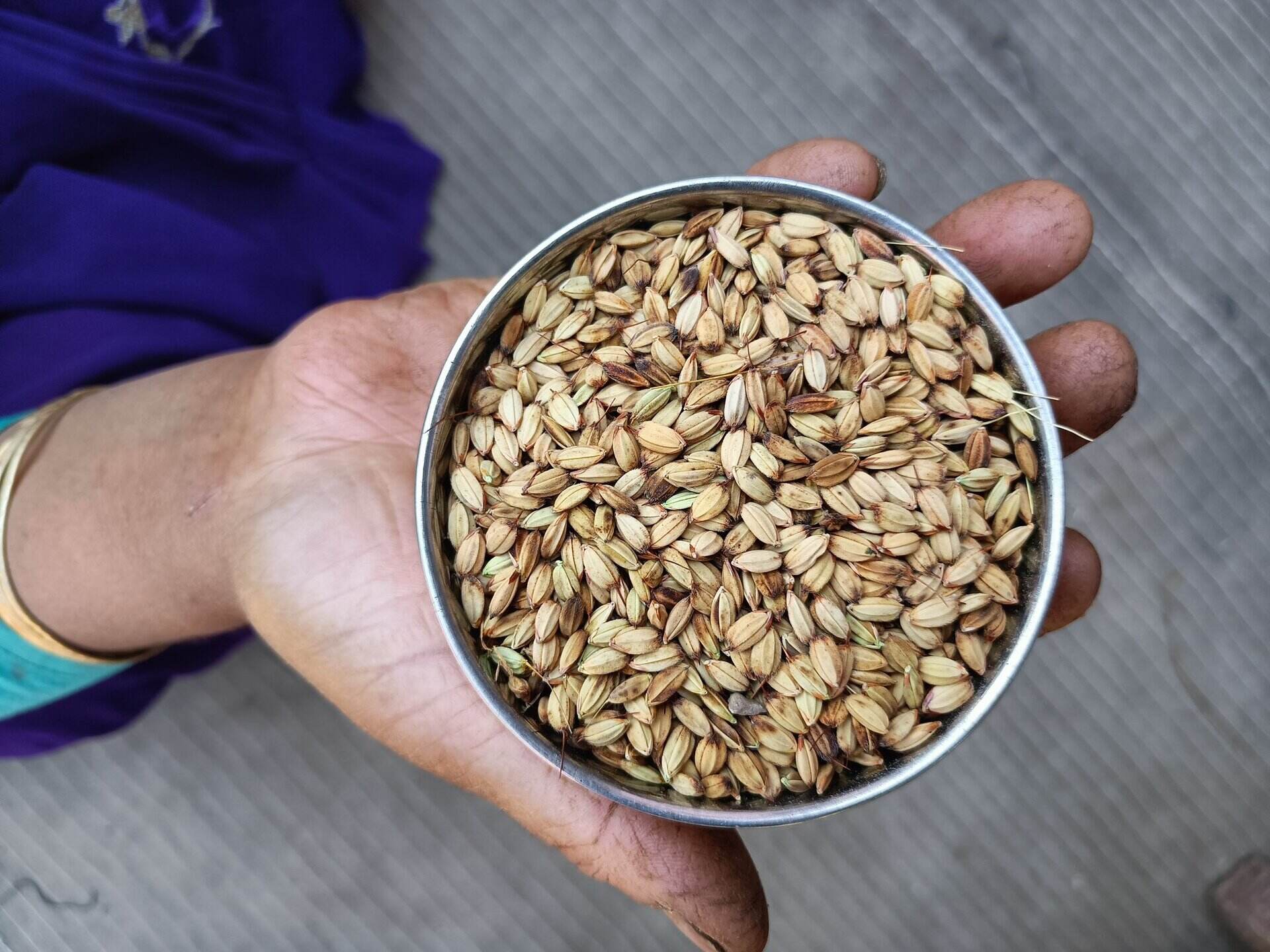

0 thoughts on “What Topsoil For Grass Seed”